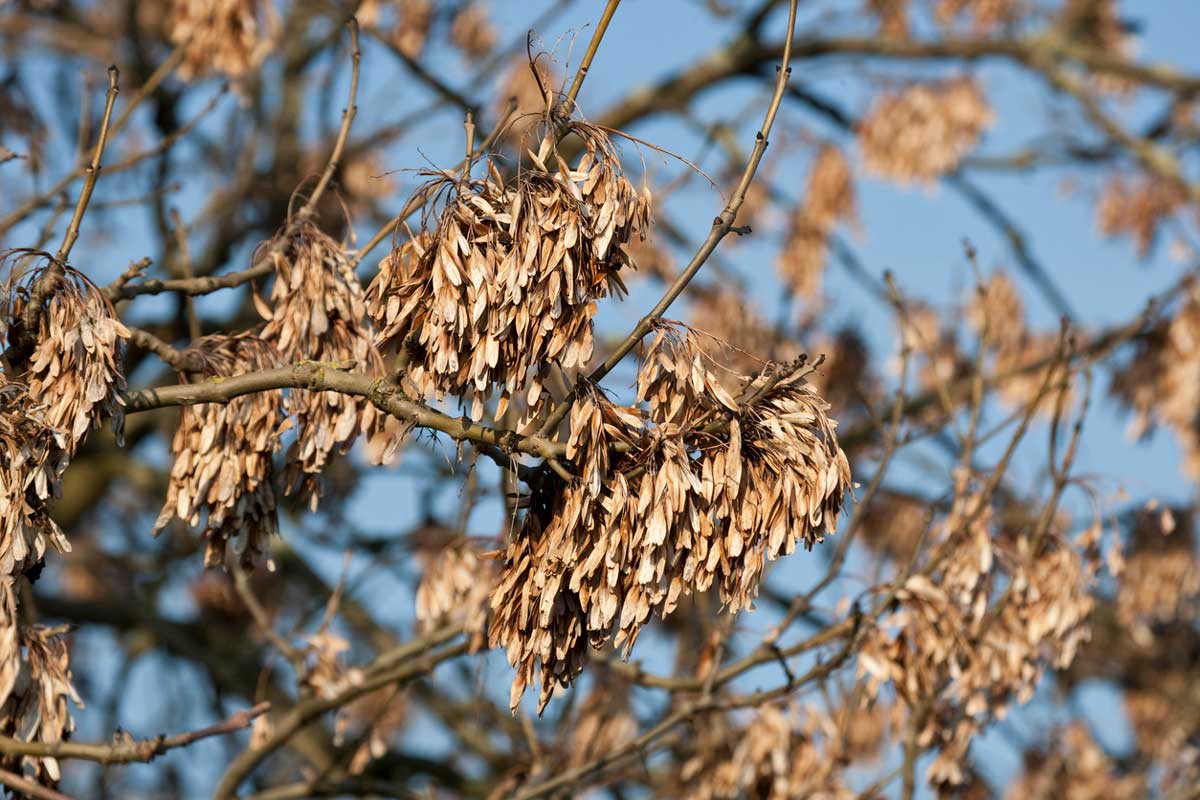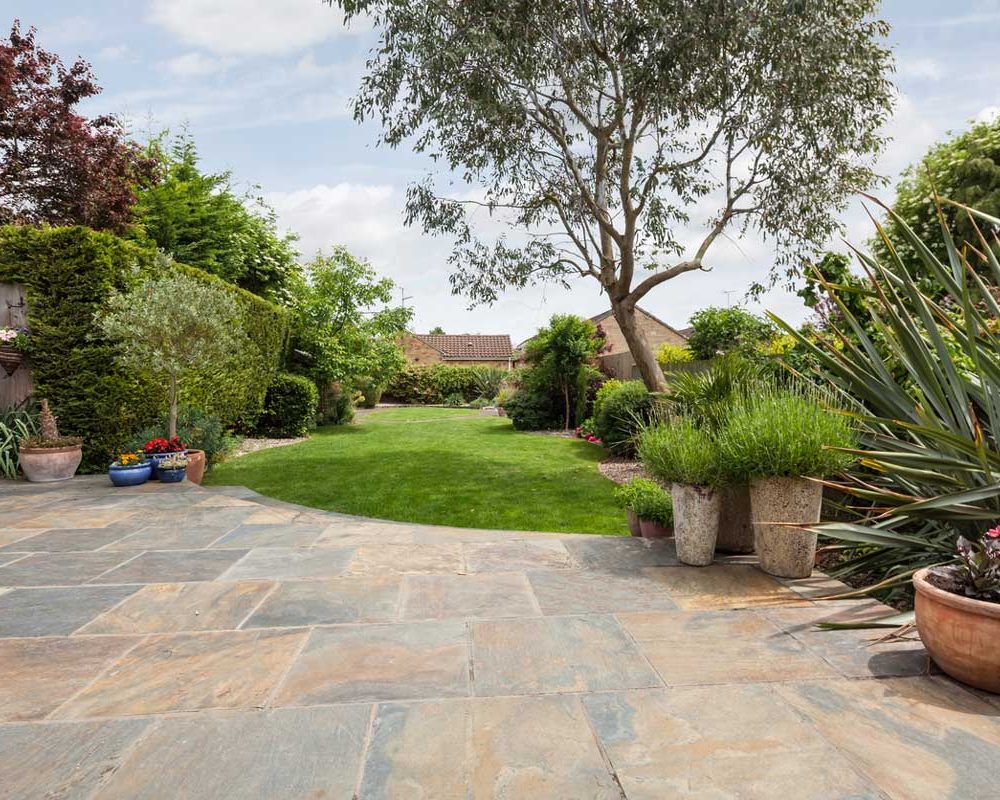To anyone looking for more information on the problem of Ash Dieback, I have noted down some of my thoughts and some facts regarding the problem. Here you will learn a little more about the origins of Ash Dieback its causes, and some tips on how to deal with the problem. In writing this post I also hope to help you identify whether your Ash is suffering from Dieback, the implications if you are dealing with this problem, and finally some tips for dealing with Ash Dieback as a tree owner or arborist.
What is Ash Dieback?
Chalara Dieback of Ash, more commonly known to the wider population and non-specialists simply as Ash Dieback, is a disease that affects various species of Ash Trees and is caused by the Hymenoscyphus Fraxineus fungus (though it was formerly known as the Chalara Fraxinea fungus, which is where the name originates).
The first identification of the disease was in the early 1990s in Poland, and it has since spread across the entirety of Europe, affecting countries such as Denmark and Germany in particular. Having also reached the UK, it is significant problem that affects both old and young Ash trees, and is almost universally fatal for the trees that it infects.
Though the uninitiated may never have heard of this problem, the figures are alarming to anyone that even has a tangential interest in Ash. That around 90% of Denmark’s Ash trees have been infected or killed by the fungus responsible for Ash Dieback, is one of the most shocking statistics of all. To further hammer home the extent of the problem, researchers from the University of Oxford estimated in 2019 that Ash Dieback Could Cost £15 Billion in Britain.
The list of statistics found at this link are shocking, and are also listed below for your convenience:
- The total cost of Ash dieback to the UK is estimated to be £15 billion
- Half of this (£7 billion) will be over the next 10 Years
- The total cost is 50 times larger than the annual value of trade in live plants to and from Britain, which is the most important route by which invasive plant diseases enter the country
- There are 47 other known tree pests and diseases that could arrive in Britain and which may cost an additional £1 billion or more
Spread, Prognosis, and Tolerance
Once a tree is infected with the Hymenoscyphus Fraxineus fungus, it disseminates through the tree’s internal conducting vessels, interfering with the tree’s life-giving functions. It adversely affects the tree’s ability to deliver nutrients and water, as well as affecting the gaseous exchange processes on which the tree relies to survive and grow.
Eventually, the affected sections or limbs of the tree are completely cut off from nutrients, displaying symptoms (discussed below), girdling the branches, and the parts above the infection then dying off.
Prognosis for trees infected with the fungus is poor, with Ash Dieback proving fatal for the majority of the affected trees.
There is a small percentage of ash trees that are resistant or tolerant of the disease (these are listed below).
Species of Ash Affected
- Native Ash (Fraxinus excelsior)
- Manna Ash
- White Ash
- Manchurian Ash
- Black / Green / Red Ash
Symptoms and Signs
1 – Blackening and Wilting of Leaves and Shoots
Among the first symptoms to appear is the blackening and/or wilting of leaves and shoots. Look out for this between July and September (mid to late summer). Make efforts to survey and inspect your Ash during these months since this is when this symptom/sign is most identifiable. One must be careful not to mis-identify normal seasonal changes in leaf colour in Autumn as a symptom of Ash dieback, hence the importance of conducting a survey during the summer months.
Though most leaves tend to wild and shed from the tree, infection can spread to the shoots, progressing into the twigs and branches, and eventually the trunk of the tree, where lesions are sometimes found.
2 – Diamond Lesions
Long, thin, diamond-shaped lesions can eventually appear on the trunk of the tree. These appear at the base of the side-shoots.
3 – Crown Dieback
Severely affected trees have a noticeable reduction in crown growth. Additionally, Epicormic growth can be seen in more mature trees, and is usually seen at the base of the crown. This growth is a sign that the tree is struggling for life.
Tips for Dealing With Ash Dieback
- Positive Identification.
It is important to be sure that the tree you are worrying about is actually suffering from Ash Dieback. It is therefore important to identify whether or not the tree in question is affected by using the symptoms above as guidance for your investigations
- Assessing of Risk
Following positive identification of Ash Dieback in your tree/s, it is prudent to carry out an assessment of the risks this then poses. The forestry commission indicate that public safety is likely to be one of the biggest issues for Ash owners since the disease can weaken and/or kill trees that are situated near or directly in contact with the general public. However, this is a long-term process, and trees afflicted with Ash Dieback are not necessarily unsafe to work on, climb, or to exist in public areas. Trees in high-traffic/access areas should be closely monitored, and positive identification of Ash Dieback should be reported to your country’s authority.
- Reduce Further Spread
Though Ash Dieback cannot be cured, its spread can certainly be mitigated. One should focus on reducing the level of spores present that allow the fungus to travel. Increasing light levels and airflow in denser plantations can provide less favourable conditions for the fungus.
The most effective way to reduce the spread, however is to ensure all ash leaf litter around the tree/s is removed during the autumn and winter.
- Dealing with the Arisings
Wood/timber arisings from aboricultural work on infected Ash trees can be handled and removed.
The leaf matter is where the problem seems to arise and there isn’t a clear set of guiding rules on how to deal with this aspect of the removal. Indeed, leaf matter should not be removed from the site. Composting and/or burial can be undertaken (given the requisite permission from the landowner), however incineration appears to be the most effective way to ensure leaf matter does not further infect the surrounding area.
- Younger Trees More Susceptible
While larger, well-established trees can be severely affected by Ash Dieback, such trees situated in open areas (parks, streets, urban surroundings) can potentially survive and/or escape infection for years. However, younger trees should be given careful consideration since they are the most susceptible to Ash Dieback and are more rapidly killed off by the disease.




